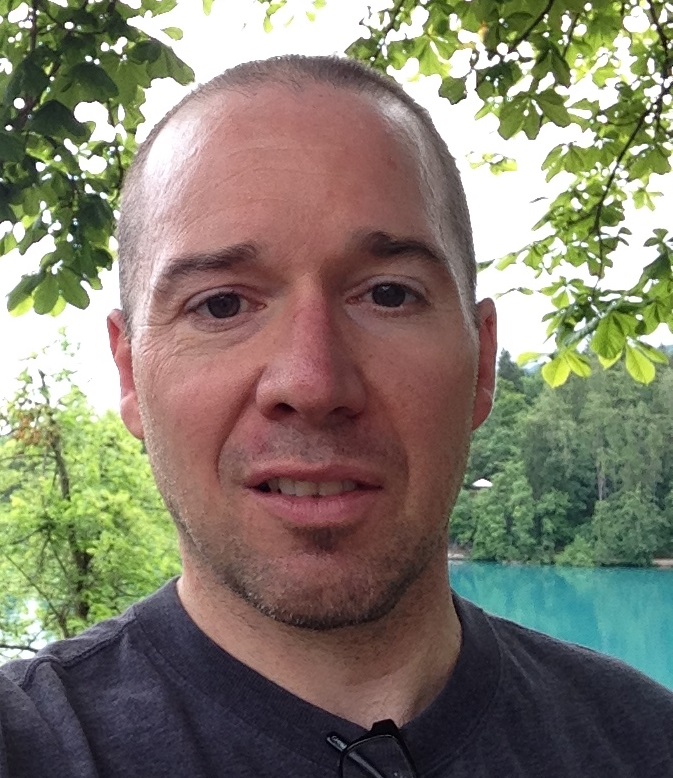TV 2 Punches Above Its Weight
SOCHI, RUSSIA-- Although TV 2 has shared rights and broadcasts in a limited way with Norwegian public broadcaster NRK in the past, Sochi was the first Games the Norwegian commercial broadcaster flew solo.
The results were worthy of Norway’s solid second-place finish in the medal hunt. The broadcast included all-day 7 a.m.–9 p.m. coverage across three channels, along with an extensive on-demand Web offering.
Most of the country’s medals were won in sports held in the mountain venues, particularly those sports involving cross-country skiing.
The design of the broadcast infrastructure reflected this with two exterior studios at the biathlon and cross-country ski sites, a large studio and facility at the mountain cluster of venues, and a smaller control room at the main IBC that connects all the Russian positions to TV 2 facilities back home. Roughly 80 percent of the personnel onsite in Russia were at the mountain facilities.
A studio near the sliding centre (bobsled and such) housed the main presenters, with cameras and some production control. But for TV 2, Sochi and its mountain venues were not where the final work was done or played back, said Tore Storaas, systems engineer with TV 2.
“We don’t do the final production here in Sochi,” said Storaas. “Everything is sent back to Norway where the graphics are added, and all the clips are played back … so that’s the final production control before the playout.”
With a time zone only a few (three) hours off Sochi, most programming was presented live or near-live, with little longer-form programming produced during the Olympics. What Norwegian viewers saw was the event itself with commentary, and a studio presence including a primetime show produced from Sochi called “Senkveld” or “Late Night.”
This kind of schedule made heavy use of the host broadcaster (OBS) service called the Multichannel Distribution Service (MDS), which provided six ready-to-air channels of competition plus the Olympic News Chanel, via satellite. Four additional video channels connected Bergen and the Sochi IBC.
IN THE MOUNTAINS
What was done in the mountains?
All of the main venues had an EVS XT3 with operator, for recording camera feeds and editing packages. An XT3 in the coastal cluster TV 2 broadcast centre could access the OBS archive via EVS IPBrowse software. It could take material from the mountain venues, but more commonly it was pushing material as files to edit teams. EVS XFile and EVS XTAccess managed these transfers.
Mountain-based editors working on PCs or Macs would send packages back to Norway via FTP or accelerated file transfer.
There was a Norway component of the production; highlights clips for use on the Web and also in broadcast were produced here, partly from content sent home from Sochi, and partly from the MDS feed.
“That is done at home,” said Storass, “because we already have the staff and the infrastructure to do that at home.”
In Norway this material is ingested into Quantel sQ Servers and edited on Qube and sQ Cut editors, used for sports editing and part of TV 2’s existing home infrastructure, which also includes Vizrt live graphics and a Vizrt Ardome MAM system. The Ardome was also taking in the host broadcaster Broadcast Data Feed and adding all of this metadata to the archive.
For TV 2, Sochi was the first stop in a two Olympic tour, with rights for the 2018 Winter Games undetermined. Rio will be the next destination.
“We have just started thinking about Rio … but we haven’t decided how to do it yet,” said Storaas. “This workflow has worked very well, but we won’t have as many people in Rio.”
Storaas said they would consider moving some of the production control back home, and might also make more use of the MDS from the much larger Summer Games.
Get the TV Tech Newsletter
The professional video industry's #1 source for news, trends and product and tech information. Sign up below.

